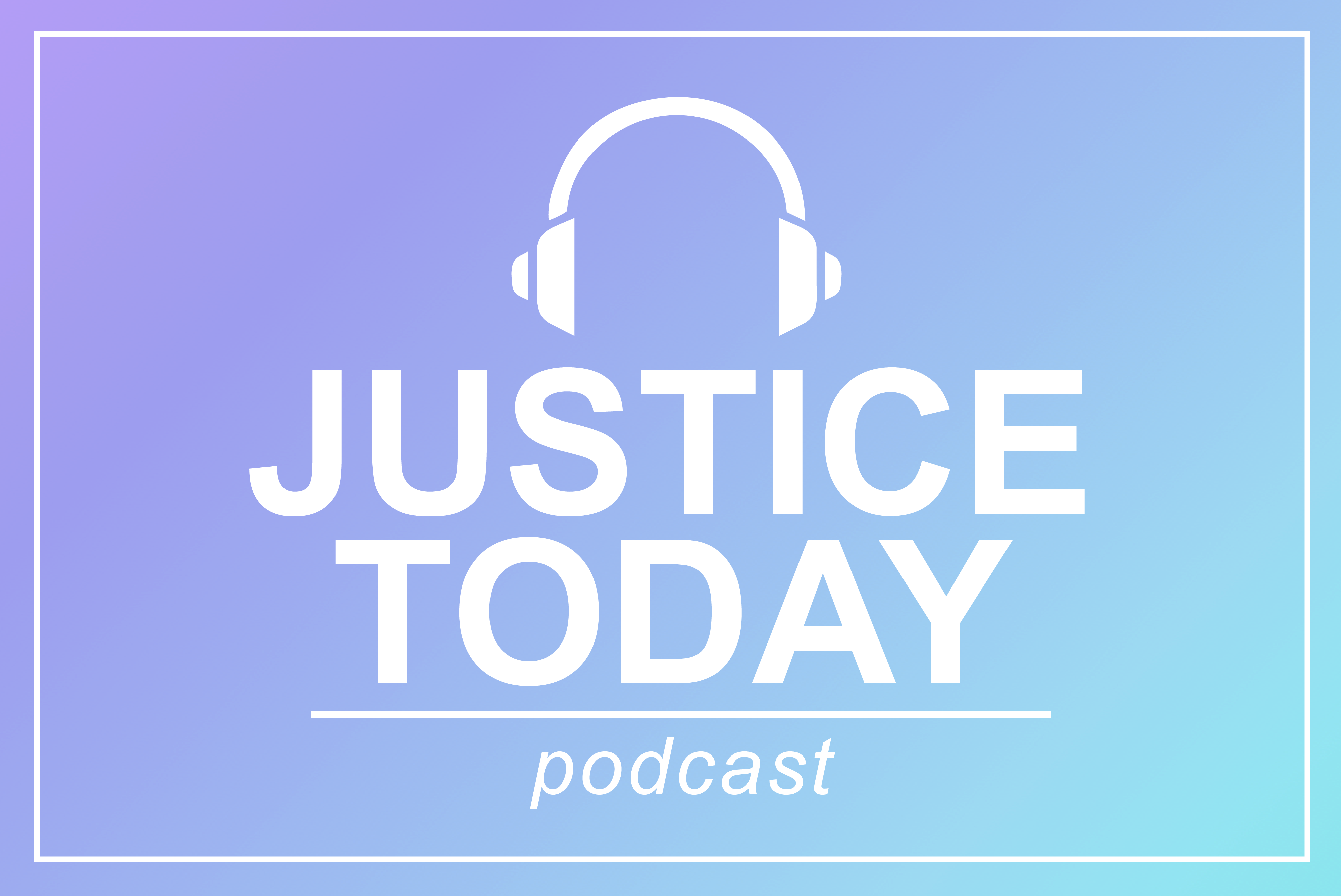Tribal Crime, Justice, and Safety, Part 2
Stacy Lee Reynolds and Christine (Tina) Crossland continue their discussion of tribal crime, justice, and safety, including how Native American persons experience crime victimization at higher rates than non-Native people and the jurisdictional complexities in responding to tribal crime, justice, and safety. Read the transcript.
Listen to the first half of Stacy and Tina’s discussion.
Reading and Resources from NIJ
Tribal-Researcher Capacity Building Grants
Fraud Prevention
This video presentation will highlight your primary responsibilities as a grantee in preventing the misuse of award funds, so you can effectively manage your grant award and use the funds as they were intended.
See the YouTube Terms of Service and Google Privacy Policy
Indirect Costs
In this video, you will learn the importance of properly calculating indirect costs; the difference between direct costs and indirect costs; and how to identify examples of indirect costs and the basic process for seeking indirect cost rate (ICR) approval.
See the YouTube Terms of Service and Google Privacy Policy
Financial Management System
Teaches key components of an adequate accounting system, the importance of developing internal controls on programs resources and the key features of an accounting system that accurately captures all relevant award-specific costs and activities.
See the YouTube Terms of Service and Google Privacy Policy
Internal Controls Framework
Short video highlighting the five key components for building strong internal controls in your organization. These five key components are part of the Integrated Framework developed in 1992 by the Committee of Sponsoring Organizations of the Treadway Commission, also known as CO-SO. The framework was in 2013 and is widely used and accepted across a variety of organizations and businesses as part of an effective financial management practice.
See the YouTube Terms of Service and Google Privacy Policy
Supplanting
Learn why supplanting is an important topic for effective grants management; the difference between supplanting and supplementing; and some helpful tips on how to avoid supplanting.
See the YouTube Terms of Service and Google Privacy Policy
Internal Controls Implementation
Short video which teaches the three key strategies on how to strengthen internal controls in your agency. Federal regulations require grantees to have appropriate fiscal management systems to provide for internal controls.
See the YouTube Terms of Service and Google Privacy Policy
Tribal Crime, Justice, and Safety, Part 1
Research indicates that Native American persons experience crime victimization at higher rates than non-Native people. Furthermore, the unique position of American Indian and Alaska Native tribes as both sovereign nations and domestic dependents of the U.S. creates jurisdictional complexities in responding to crime, justice, and safety. Senior social and behavioral scientist Christine (Tina) Crossland discusses NIJ’s research on these topics, especially on the prevention of violence towards American Indians and Alaska Natives. Communications Assistant Stacy Lee Reynolds hosts.




